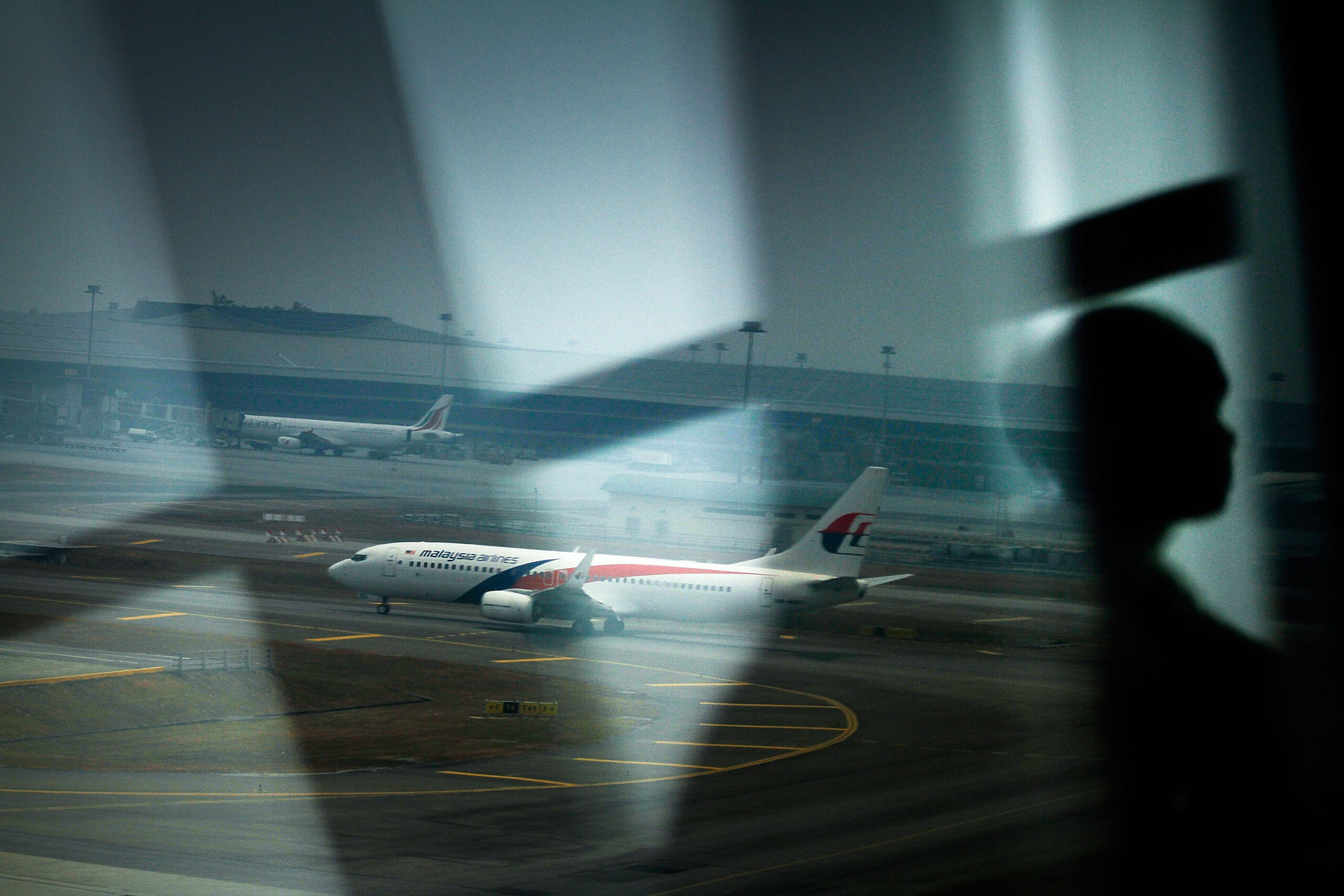Can Underwater Sound Signals Solve the Mystery of Missing Malaysia Airlines Flight MH370?
Researchers from Cardiff University believe that data from underwater microphones could help identify the crash site of Malaysia Airlines Flight MH370, one of the biggest mysteries in aviation history, which has persisted for nearly a decade. Since the aircraft disappeared on March 8, 2014, while en route from Kuala Lumpur to Beijing, numerous theories have been explored regarding the fate of its 239 passengers and crew.
Now, the Cardiff team claims to have detected a signal from a hydrophone that may relate to the final moments of the flight in the southern Indian Ocean. Underwater impacts, such as those from a Boeing 777 crash, produce distinctive sound signatures that can travel through water and be captured by seabed hydrophones.
The Science of Underwater Signals
If the aircraft fell at a speed of 200 meters per second, researchers estimate that the impact released kinetic energy equivalent to a small earthquake. The seventh arc of the official search area—where the MH370 flight is believed to have gone down—is less than 2,000 kilometers from a hydroacoustic station in Cape Leeuwin, Australia.
During the proposed timeframe of the search, a weak six-second signal was recorded at Cape Leeuwin, but researchers suggest that if efforts to locate the aircraft are renewed, other related signals may be identified. Another underwater acoustics station at Diego Garcia in the Indian Ocean was also operational at the time of the aircraft’s disappearance.
Dr. Osama Qadri, a senior lecturer in mathematics at Cardiff University, noted, “Our analysis indicates that clear pressure signals from previous aircraft crashes have been registered and identified by hydrophones, even at distances exceeding 3,000 kilometers. For Flight MH370, official investigations have concluded that the aircraft must have crashed near the seventh arc—the last point of contact between the aircraft and Inmarsat.”

Recommendations for Further Investigation
Following these findings, researchers are urging authorities to conduct field tests, including “controlled explosions or the use of air guns along the seventh arc,” to monitor the impact on signals received at nearby hydroacoustic stations. This study, published in May, references the mission to locate the missing ARA San Juan submarine off the coast of Argentina.
Underwater acoustic technology played a crucial role in locating the submarine at a depth of 3,000 feet in the South Atlantic, one year after it imploded. This was achieved by simulating explosions and matching the sounds with the timeline of the submarine’s disappearance.
Dr. Qadri added, “Unfortunately, we have not yet been able to find a signal that provides the necessary confidence to initiate a new search for the missing aircraft. However, if the relevant authorities act on our recommendations, we can assess the relationship between the observed signals and possibly identify the crash site of Flight MH370.”
This research offers a glimmer of hope for resolving one of aviation’s greatest mysteries, showing that modern technology may still have the potential to uncover the truth behind the tragic disappearance of MH370.






1 Comment